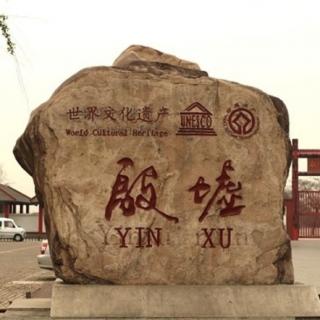
介绍:
The Yin Ruins
The Yin Ruins is believed to be the last capital of China’s Shang Dynasty (1600BC-1046BC). It has a history of over 3300 years.
The city can be divided into several areas: the palace, the emperor’s mausoleum, and graveyards of ordinary people, the area of craft workshops, the residential area of common people and dwelling places for slaves. According to the current knowledge, the Yin Ruins are 6 kilometers in length and 4 kilometers in width.
Archeologists have found over 110 palaces and temples. These buildings were arranged in groups. Some are ancestral temples and some are altars. From the layout, we can see the rudiment of China’s palace construction—with the imperial court at the front, the royal chamber at the rear, the ancestral hall on the left and the alter for the god of the land on the right.
More than 4,000 bronzes vessels were excavated in the Yin Ruins, among which the Simuwu cauldron is the biggest one. According to other archeological findings, people of the Shang Dynasty were able to produce bronze vessels of such a grand size, many melting pots would have to be in operation at the same time with a fine coordination of great numbers of workmen at different posts. All these prove how large the production scale had grown and how closely organized it was.
The Yin Ruins is the first site of an ancient capital city in China recorded in historical documents and proved by the oracle bone inscriptions and archeological excavation. The rich cultural heritage in the Yin Ruins exemplifies the highly developed civilization of ancient China from all aspects.
In 2006, the Yin Ruins was listed on the World Heritage List.
大家还在听

